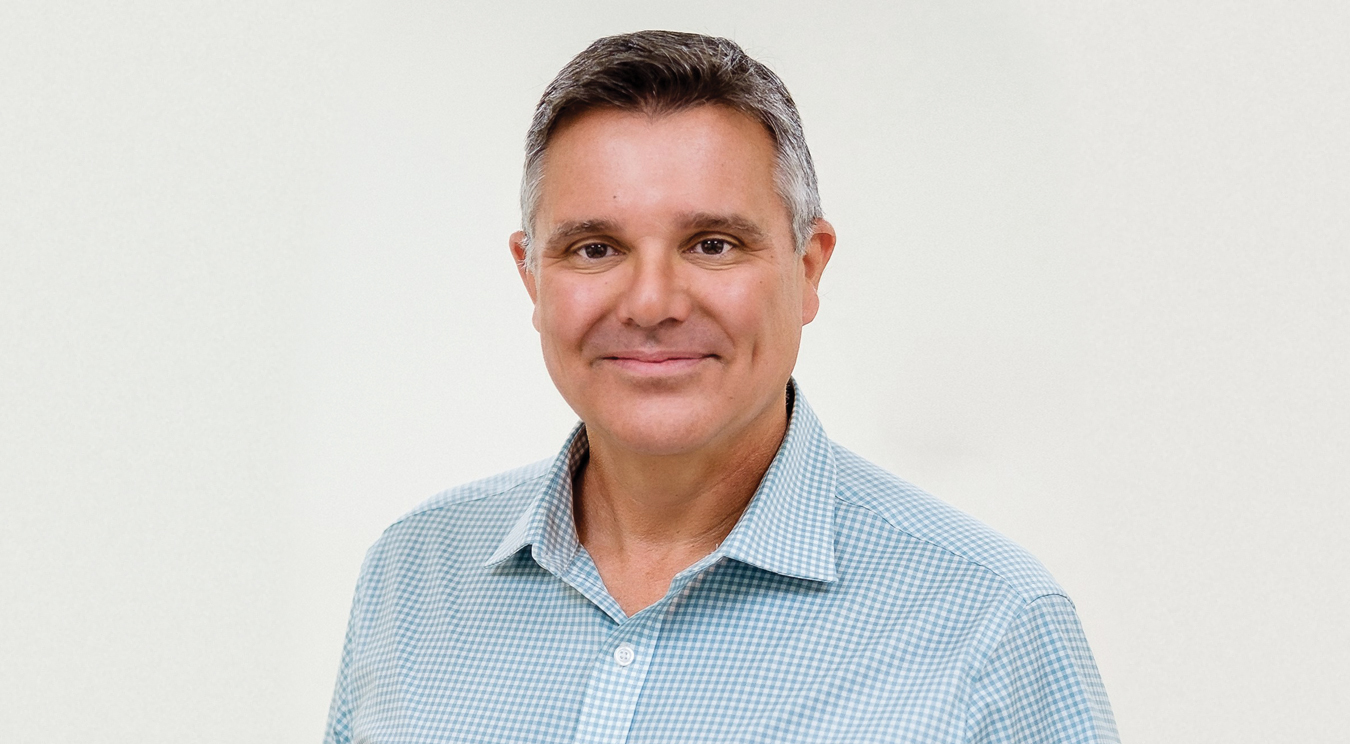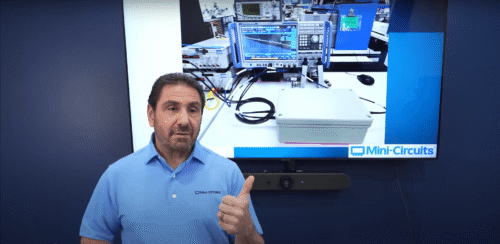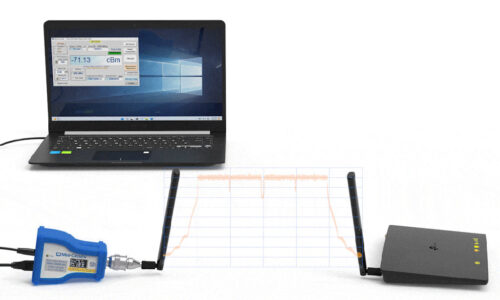Bridging the Gap between the University and the RF Industry
by Ted Heil, President, Mini-Circuits

With 5G standards barely off the drawing board and headlines filled with speculation about all the related capabilities, what sometimes gets lost in the buzz is that these technologies will depend heavily on a new generation of RF engineers to develop the circuits and systems to realize the dream. It is difficult to conceive of the number of new products that will incorporate high-speed, wideband RF communication once next generation wireless networks are rolled out, and the industry needs a deep pool of technical talent to support the demand.
However, when I talk to professors in RF university programs and young RF engineers entering the workforce, I’m surprised and disappointed to learn of the declining share of RF and electromagnetics courses within many university electrical engineering curriculums today. It appears on the surface that the emphasis on software and digital has grown steadily while RF/microwave specializations are dwindling. As a result, only so many students can specialize in our field, and there’s little doubt that a shortage of critical talent is impending at a time when the need for knowledgeable RF engineers is growing fast.
This dilemma was in my thoughts when I shared coffee and a bagel with my friend Raviv Melamed at a local New York deli earlier this year. Raviv is the founder and CEO of Vayyar Imaging, an Israeli company that is a leader in 3D imaging sensor technology and a Mini-Circuits customer. Although Raviv’s team at Vayyar is busy designing big chips and advanced software applications, RF/microwave engineering and radar is at the heart of their technology, so our discussions tend to gravitate toward this subject. We both believe deeply in the value of hardcore RF engineering skills and the importance of a robust academic environment to fuel development in our field. We also believe in contributing beyond our companies’ boundaries to a community that has given us both so much.
We started talking about Vayyar’s chip, which is the heart of their Walabot product, and discussed its potential use as the transceiver structure in a vector network analyzer. Within a few minutes, we developed a concept for a university project kit that could help EM students bridge the gap between the theoretical work—Maxwell’s equations, boundary conditions, and microwave network theory—and real-life measurements based upon the processing of transmitted and reflected signals. This is the gap created when we introduce early-stage RF engineers to the use of highly automated test equipment that auto-calibrates, automatically transfers the reference planes, and flawlessly performs a good S-parameters measurement with almost zero knowledge of what goes on in the process. We wanted to address that gap between theory and practice, between the university and the RF industry, and we believed we had the tools to do it. Just like that, before breakfast was finished, a new partnership was born.
In short order, we pulled members of our teams together and began mapping out the project: a DIY vector network analyzer. Imagine equipping a student RF engineer to build his own test equipment from core elements and implement the theory he just learned as a means to explore the subtleties of real-world RF measurements. This is part of the journey every solid RF engineer has to make at some point early in his or her career. Incorporating that experience into the lab work in university programs will provide a more well-rounded, more practical understanding of the subject matter.
After a lot of hard work, the first project kit, the UVNA-63, is now available for pre-order on the Mini-Circuits website and will be ready to ship in September. The kit includes all the elements students need to build a fully functioning vector network analyzer, develop S-parameter algorithms, and perform real-time measurements of 2-port RF devices. It includes Vayyar’s transceiver chip and a variety of RF components from Mini-Circuits along with control software, and a development environment for Python and MATLAB®.
Since our introduction of the UVNA-63 at IMS in June, we’ve seen a lot of interest in the concept and the kit. But we’re not finished; if you look at our website, you’ll notice we are calling this kit “Project Number 1.” That’s because we already have projects 2, 3 and 4 in development, and our goal is to continue providing powerful, hands-on learning tools for RF/microwave academics on an ongoing basis.
For both Mini-Circuits and Vayyar, this is about giving back to a university system that has been good to us and that we rely on to produce the talented engineers who will drive our companies and our industry forward. This effort goes beyond traditional donations and sponsorships by working directly with professors and their students to develop course material and resources that really make a difference in the classroom and the lab. If we can help university programs make their student experience more meaningful and relevant, we hope these same universities will make more space to sustain and even expand their EM curriculums.











